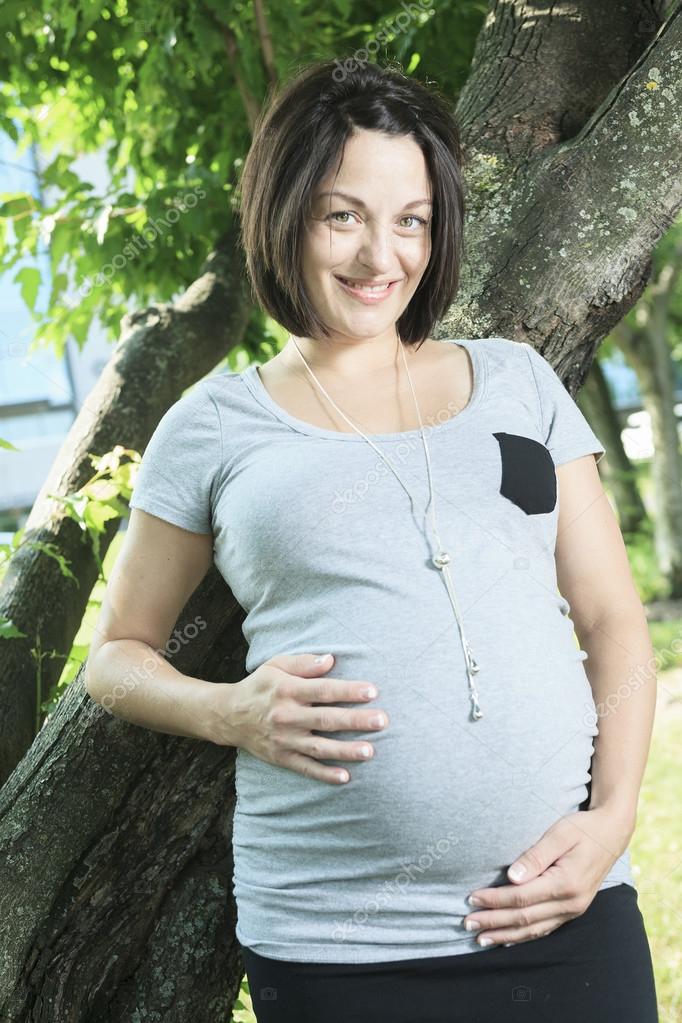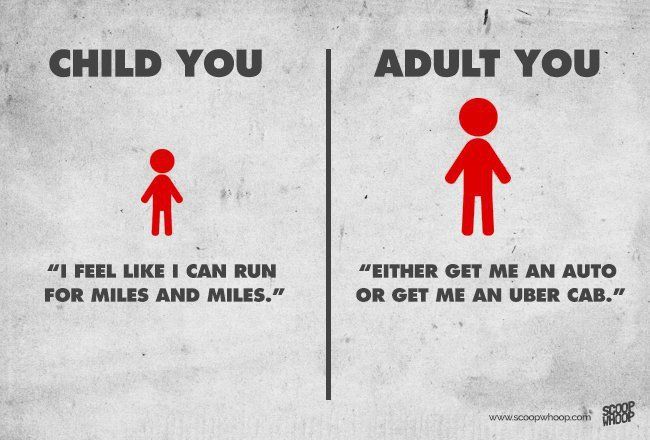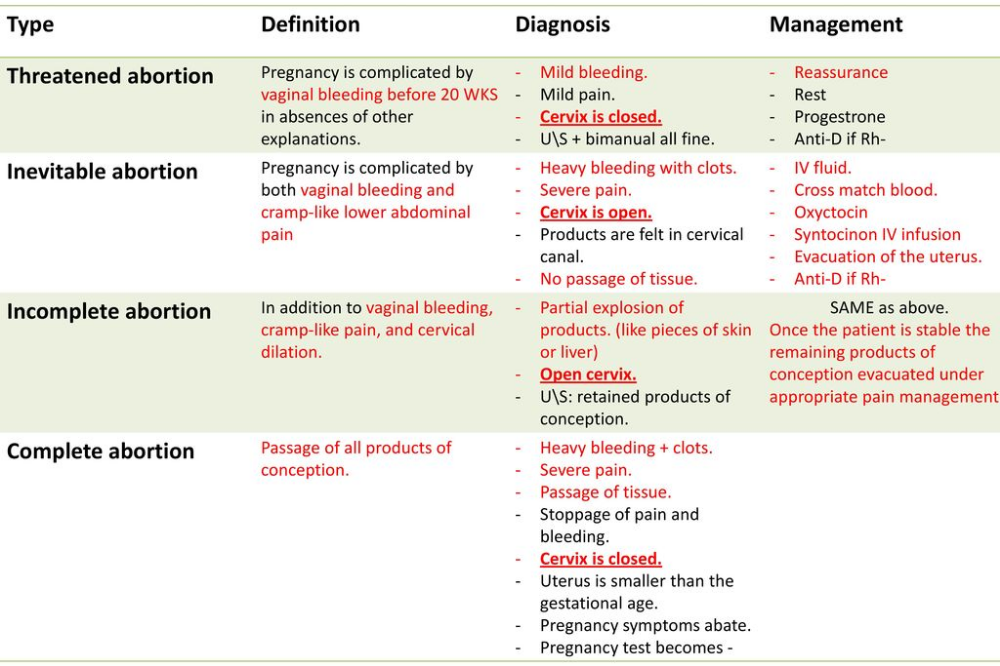How to teach a child another language
Foreign language teaching methods to help children speak fluently
So, you need to encourage your child to use the words they learn as often as possible outside the classroom, because the best way to learn any language is to use it.
Of course, the role of parents can be crucial here. First, the key thing is to motivate the child, not force them. When they are young, children acquire knowledge best in stress-free and pressure-free environments – through play. Therefore, it is necessary to create a stimulating and supportive environment for learning a foreign language.
What does a stimulating environment for language learning look like?
- A child should feel safe and protected, and learn a second language outside of school in a completely natural way, similar to the way they’ve acquired their native language.
- We need to praise and reward the child for everything they do right. If they encounter an obstacle, it is important to support them and overcome it together.
- If you feel the child is tired, let them have some rest and enjoy other activities. Simply, learning a foreign language outside the classroom should be more like play than formal education.
Experts may not be able to tell you what the easiest way to learn a foreign language is, but they do recommend the best time when your child should start acquiring it. Specifically:
- Research categorically proves that learning foreign languages at an early age gives the best results. Therefore, your child should acquire a second language in addition to their native language.
However, what is it that enables children to acquire languages more easily than adults?
Natural acquisition. When they start acquiring their native language, young children use their innate, instinctive strategies of language acquisition which enable them to start speaking at such an early age. It is similar with foreign languages – the younger the children, the more they will rely on these innate strategies and be more successful.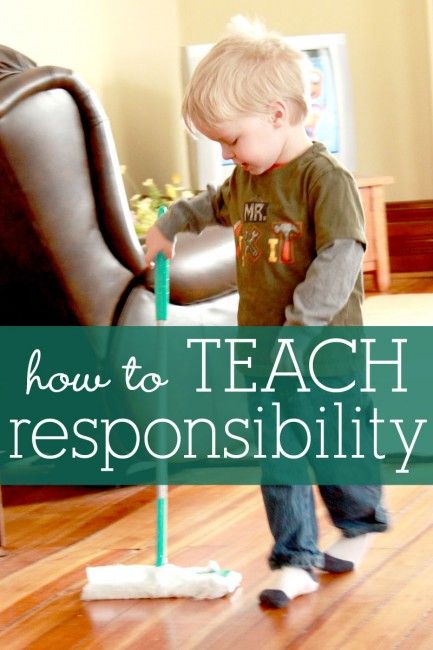 An example of this is children whose parents speak different native languages. Such children will easily master both languages in early childhood.
An example of this is children whose parents speak different native languages. Such children will easily master both languages in early childhood.
In contrast, as children grow up, these effective innate strategies give way to other forms of learning, so they start learning languages by memorizing words and grammar rules, similar to the way they learn other school subjects, and consequently, the language in question is no longer a natural part of the child’s expression.
More time and space. When they are in preschool or early primary school, children still don’t have as many responsibilities nor do they receive huge amounts of information which leaves more space in their brains for learning foreign languages.
One of the best indicators of whether a child will be able to speak a second language fluently is the time when they started learning it. Children who started learning a foreign language later in life will often master its grammar rules without difficulty, but they will always differ from children who started learning it at an early age in one thing – pronunciation.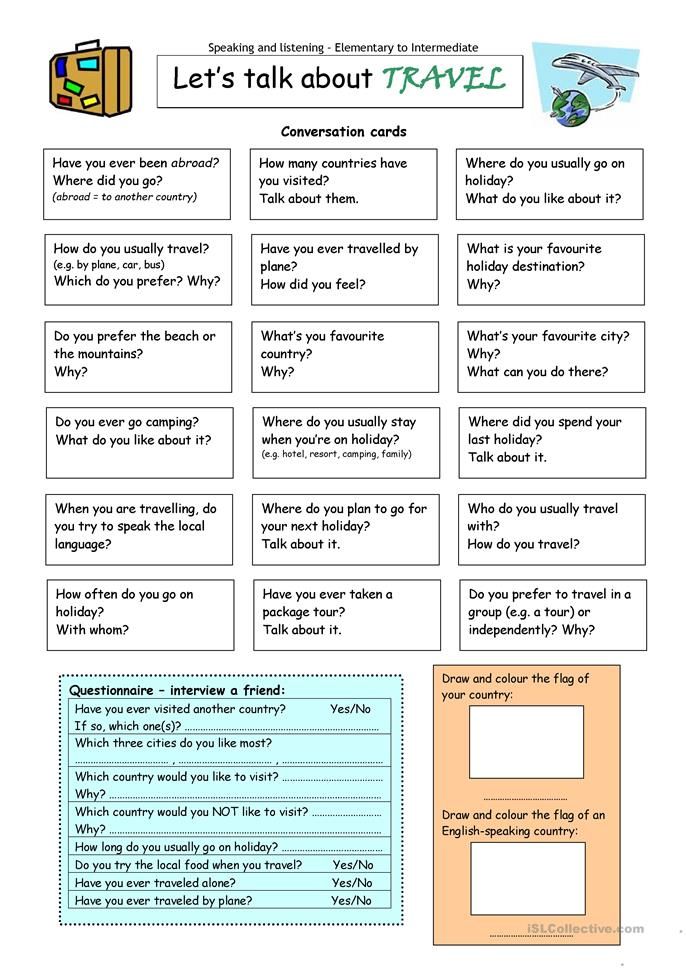
Children who naturally acquire a second language at an early age often have far better pronunciation and a sense of language than their friends who started learning the same language later. The language simply becomes part of their natural environment, and as a result, their command of it later in life is far better.
Many children picked up a language at a very early age simply by watching cartoons, mastering the grammar rules later when they already possessed a developed sense of that language.
So, regardless of whether your child is in kindergarten, preschool or primary school, you need to occasionally work with them in your free time to help them master a foreign language and speak it fluently.
There are many interesting and educational ways to help you achieve this while having fun with your child and doing something useful.
7 Foreign language teaching methods to help your child master a foreign language
1. Learn together
To help your child solve math problems, you need to be able to do arithmetic.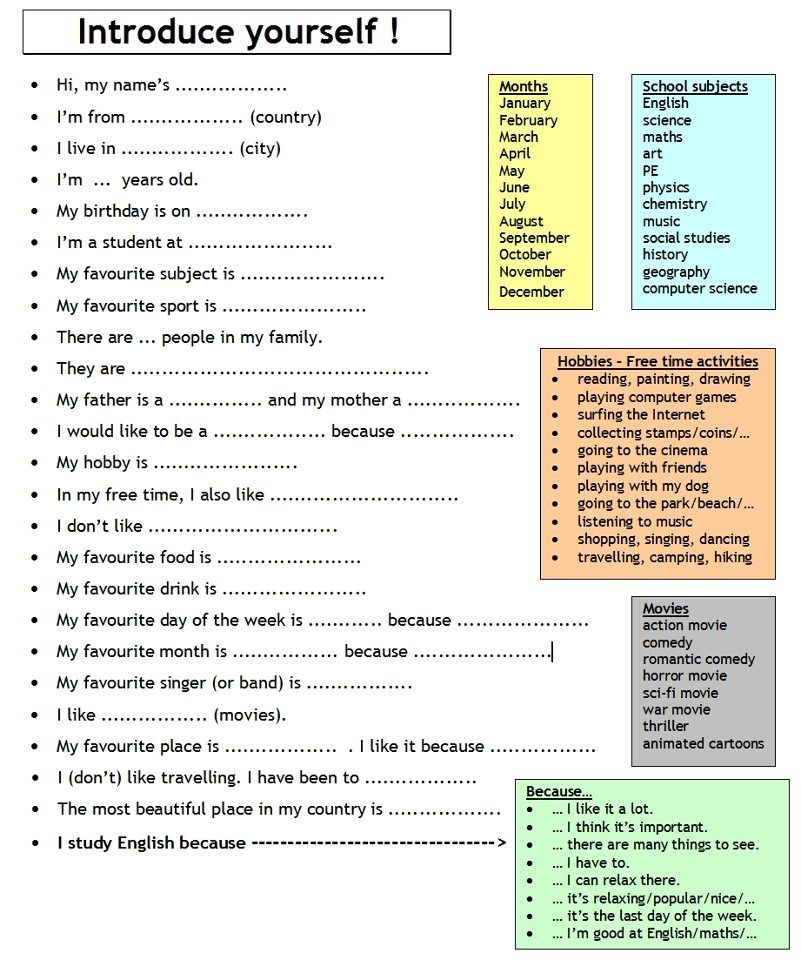 If you want to teach them to read and write, you have to be literate yourself. And what about foreign languages, do you have to speak a language in order to help your child acquire it?
If you want to teach them to read and write, you have to be literate yourself. And what about foreign languages, do you have to speak a language in order to help your child acquire it?
Yes and no.
Here’s the secret:
If you have already mastered the basics of the foreign language your child is learning, it will certainly be much easier to help them by learning together with them.
Grab this opportunity to master the basics of a foreign language with your child.
Don’t be embarrassed and don’t hold back: your goal is, first and foremost, to help your child, and you know you are ready to do anything for them. In addition, this is also an opportunity for you to learn the basics of a foreign language, so use it. Think of this as a great opportunity to spend quality time with your child doing something useful and constructive.
We will tell you a secret:
Children learn through observation and models, i.e. they imitate examples from their environment. This way, you will teach your child much more than the knowledge of language – you will imbue them with a positive attitude toward learning.
Namely, when your child sees that learning is something you do with pleasure, they will understand that it is a positive activity people practice all their lives, and that this activity can be fun and will bring them closer to their parents, which is the ultimate desire of every child.
If your child adopts a positive attitude toward learning at an early age, they will cultivate it throughout their life, and this means that you will not have the problem most parents face. You will not have to force your child to study, because they will acquire good work habits and develop a responsibility toward learning from an early age.
2. Play games in a foreign language
When they are young, children learn spontaneously about the world around them – through everyday activities. However, one of the best and most efficient forms of learning is through their favorite activity – play.
Learning through play is a proven method for the acquisition of a foreign language. For example, playing hide-and-seek with children can be a great way to teach them to count in that language. Also, the use of educational technology gives excellent results in foreign language learning at an early age.
For example, playing hide-and-seek with children can be a great way to teach them to count in that language. Also, the use of educational technology gives excellent results in foreign language learning at an early age.
You can find a number of interesting games or applications online, such as interactive puzzles that can help your child to learn the names of colors, animals and shapes in different languages. This way, apart from adopting words of a foreign language, the child will simultaneously acquire other important knowledge about the world.
3. Play cartoons and children’s shows in a foreign language
When learning a foreign language, you must take the following into account – there is a big difference between language exposure and language learning.
Usually, when we talk about language learning, we mean learning the grammar rules, memorizing words and drills. However, the most important thing for young children is to be exposed to the sounds, rhythm and melody of a language.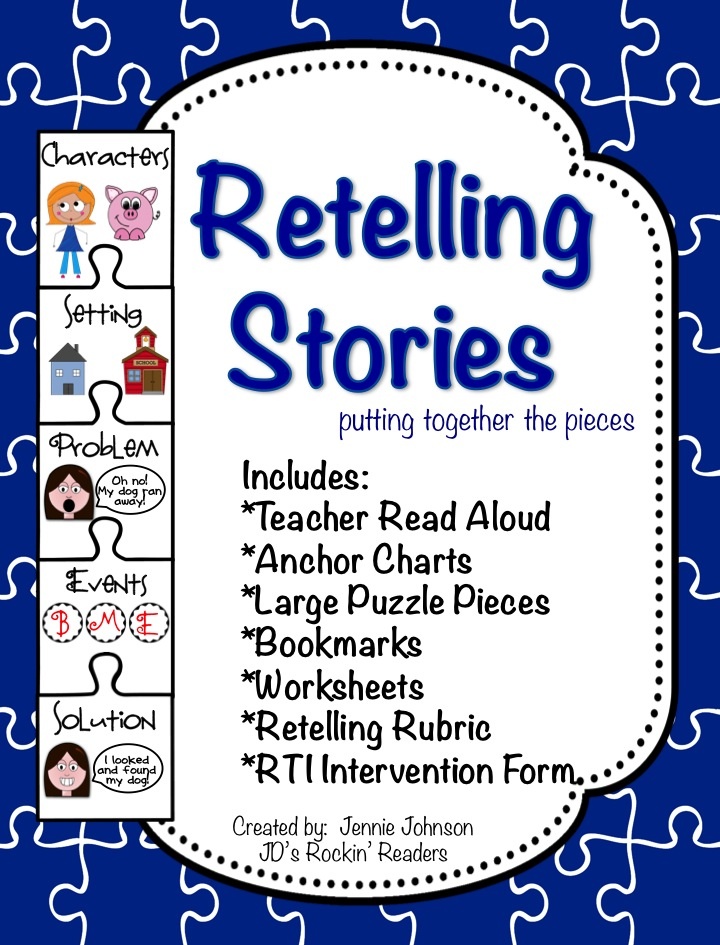 And one of the best ways to do it is playing cartoons and children’s shows.
And one of the best ways to do it is playing cartoons and children’s shows.
At a young age, children master speech by listening, repeating and associating words with certain actions. This is why many children are able to master a foreign language simply by watching cartoons in that language.
Also, many cartoons and TV shows are designed specifically for language learning where children are introduced to the meaning and pronunciation of words through the adventures of the cartoon heroes.
Exposure to a foreign language from an early age has another great effect on your child. It will make their pronunciation similar or indistinguishable from the pronunciation of a native speaker.
Simply, children are great imitators and adopt new things easily at an early age, including pronunciation, unlike older students who almost always retain their native accent.
4. Singing songs in a foreign language
Children love songs, and melody helps them memorize a number of words, which is why songs are a great memorization and learning technique.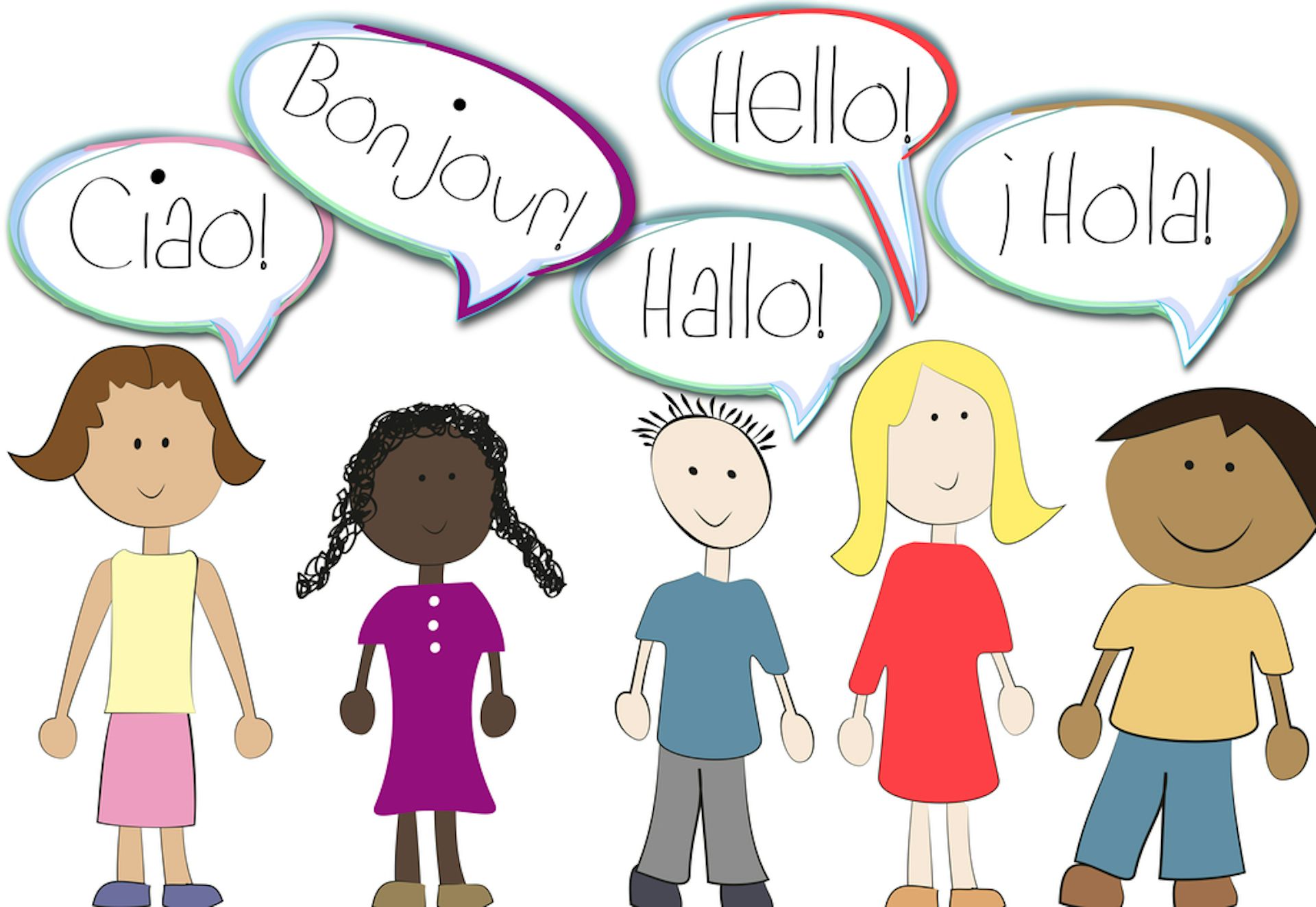 Singing songs in the target language is a great and efficient way to help your child master a foreign language, but also a great opportunity to spend some time together and have fun. Find children’s songs on YouTube that your child may like and don’t be afraid to sing along. Before you know it, your child will learn the song by heart.
Singing songs in the target language is a great and efficient way to help your child master a foreign language, but also a great opportunity to spend some time together and have fun. Find children’s songs on YouTube that your child may like and don’t be afraid to sing along. Before you know it, your child will learn the song by heart.
5. Read books in a foreign language
You will find a number of specialized books for learning different languages from an early age in bookstores. With your help in reading, writing and meaning of words, your child will soon master the meaning and pronunciation of foreign words. You can also read simple bedtime stories in a foreign language. Such stories usually contain common phrases so the child will easily memorize them.
6. Include a foreign language into your daily activities
In early childhood, children absorb everything like sponges, so you don’t need any special aids for learning. Simply, go to the park, shop, or the playroom and play a game by first naming the objects, shapes and colors you encounter in your native language, and then in the target language.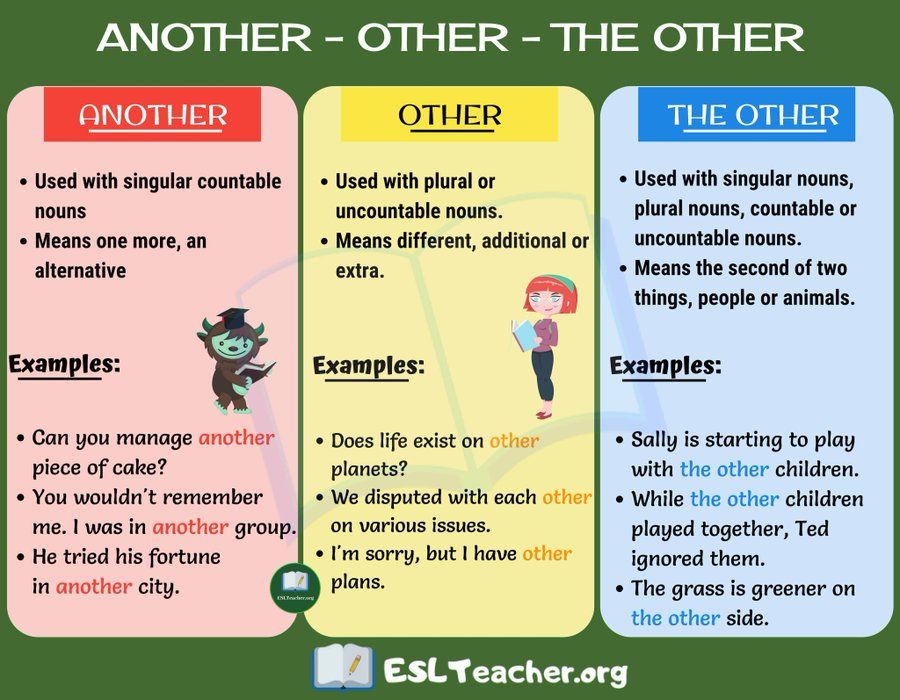 This is the best way for a child to learn words of the target language, because they will associate them with the objects and phenomena in their surroundings, and thus they will be able to actually use them when necessary.
This is the best way for a child to learn words of the target language, because they will associate them with the objects and phenomena in their surroundings, and thus they will be able to actually use them when necessary.
This way, in addition to the foreign language, the child will also unconsciously strengthen their native language through play.
7. Learn a foreign language online
If your child has a second language at school, adopting a language in another, less formal way is a welcome distraction from classes, and a desirable and effective learning strategy. Learning a foreign language online is not only fun and often free, but also a good way for your child to further advance their language skills.
The great thing about learning a foreign language online is that it is completely in line with the children’s lifestyle: lessons are short and include tests, and children can solve these tests on their phone anywhere, between other activities. These sites and applications are packed full of engaging and fun activities for kids that will hold your child’s attention much better than traditional classes.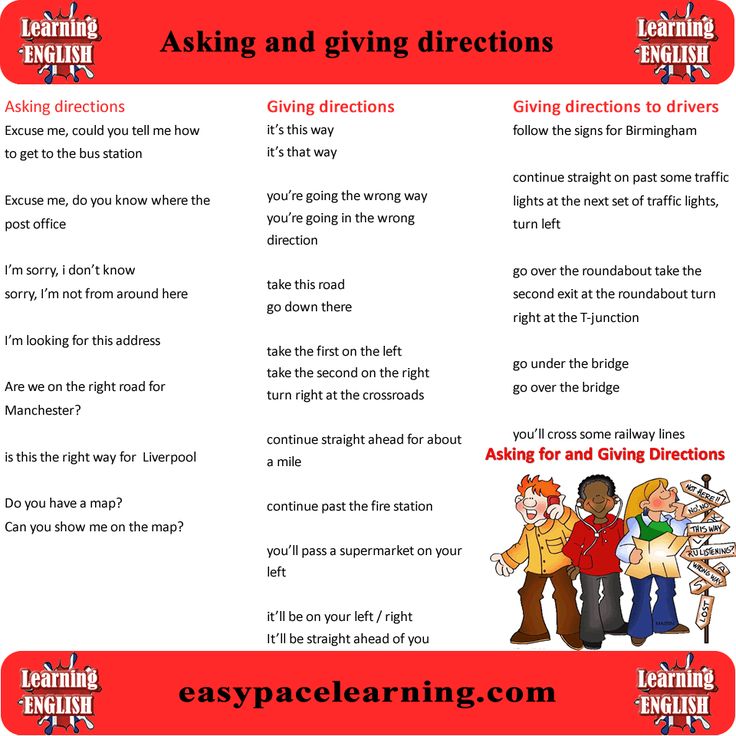
Acquiring a second language broadens our horizons, introduces us to other cultures and represents a valuable tool in our formation as a personality, and in our professional life. Parents have an important role in this process, just like school does. We hope the tips from this text will help you make the foreign language more relatable to your child.
Easy Ways to Teach Your Child a Foreign Language From 0-6 Years
Did you know that your kiddo’s young mind is wired to pick up new languages naturally?
Lucky them, huh! Us adults can have a tougher time getting a handle on new vocabulary.
This is why it’s ideal to introduce a second language early, even while they’re still learning English.
Giving your child a motivating, fun environment and activities to learn new words will help boost the cognitive milestones they hit in those early learning stages.
Let’s take a look at some easy-peasy ways to nurture your child’s second language development at home from bubs to 8 years old.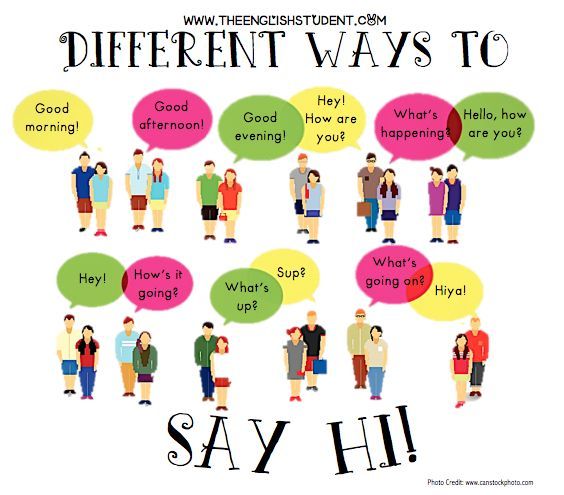
(Babies - 4 years)
Play is the universal language of kids and plays (pardon the pun) an incredibly important role in helping your child learn new words and phrases. If you missed my article about play-based learning, I recommend checking it out over here.
Play helps develop listening skills, the ability to follow directions, develop vocabulary and social skills - like sharing.
Talk through what you and your child are doing during playtime, introducing new vocabulary along the way.
You can build play into everyday activities and create an opportunity to use the target language, making a game out of getting dressed, playing with different utensils when prepping food, or bath time. If you're looking for practical ideas on how to get started, make sure you get your hands on my free guide: How To Teach Your Kids a Second Language: Even If You're Not Fluent
In our weekly language lessons, I follow a step by step guide that includes a 30 minute play-based lesson plans in our Cultured Home programs designed specifically to develop language skills.
And P.S - we’ve received awesome feedback from parents about our lesson plans, so check them out!
Get moving!(3 - 4 years)
This is a great activity to nurture the development of action words - and burn off extra energy!
Basically, you call out the action RUN! JUMP! CLAP! SPIN! in your target language and then do the action together. A good game to play outside.
Create a learning space(3 - 6 years)
The learning environment is called the third teacher in the Reggio Emilia approach to learning and creating a stimulating space at home where your kiddo can play is important.
Now, I love Pinterest inspo as much as the next mum, but you definitely don’t have to create a Pinterest-worthy playroom or space. It just needs to be simple and functional with a happy vibe!
Your space might include -
A mini library
A collection of a few age-appropriate books in the target language and a chair or bean bag to get comfy reading in.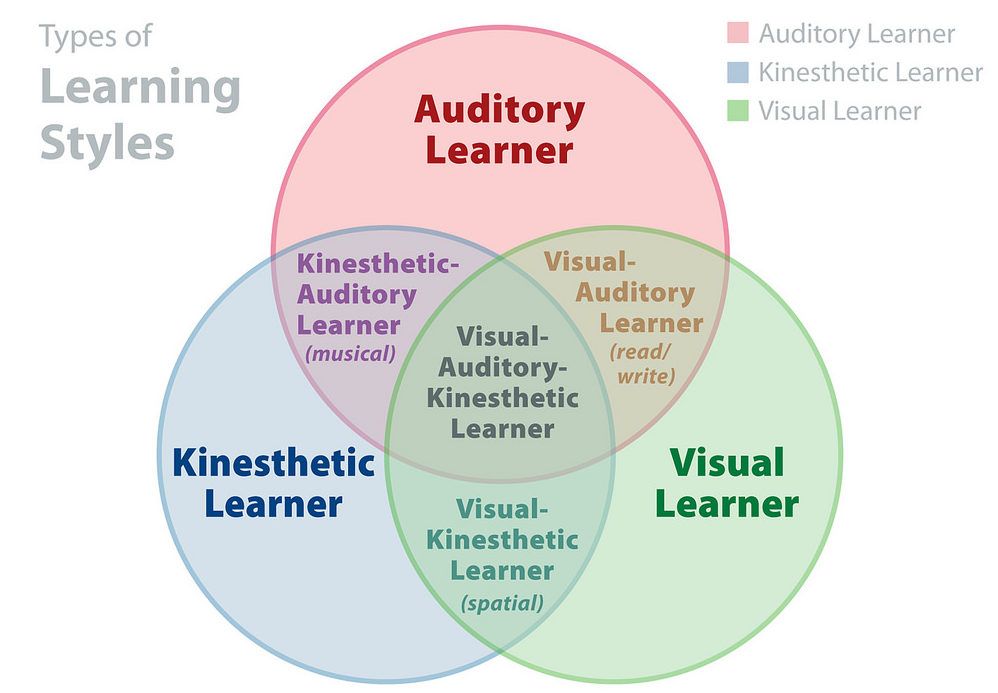
A play area
This could be an area with a small table and a shelf holding toys that are sorted into plastic tubs.
You can label the tubs with images and words in English and the second language; for example Animals / Animali (Italian) for the plastic bin of farm animals.
Tools to create art
Keep an art caddy with basic materials for your child to do simple activities like worksheets for coloring, drawing and tracing words.
Through coloring, toddlers develop their fine motor skills, which is helpful when it’s time to learn how to write.
You want to create an inviting space that your child wants to come to - yep, this means it’s gonna need to be somewhere close to the action (ie - you) otherwise it won’t be used.
Keep up a constant narrative(Babies - 2 years)
For bubs through to little toddlers, talking through what you’re doing, even though they won’t talk (coherently!) back, is important to give them as much language exposure as possible. Use the same sentences when doing routine activities like getting dressed.
Use the same sentences when doing routine activities like getting dressed.
If you’re a non-native speaker, translate the common words and phrases you need and begin to use them - your bub won’t be the only one learning a new language!
Choose toys that support language development(1 to 4 years)
Oh my, there are so many awesome toys out there that can help you teach your child a new language. Here are a few tried and true favourites I love to recommend-
Duplo
Toys don’t get much more classic than Duplo - Legos bigger brother. These blocks are great for freewheeling imaginative play and the chance to introduce new words to describe what your toddler is doing. The bright colours of the blocks are also perfect for introducing colours in the new language.
Schleich Animals
These animal figurines are brilliant for independent play and particularly for learning animal names in the new language.
Grimm’s Blocks
Grimm’s blocks are gorgeous.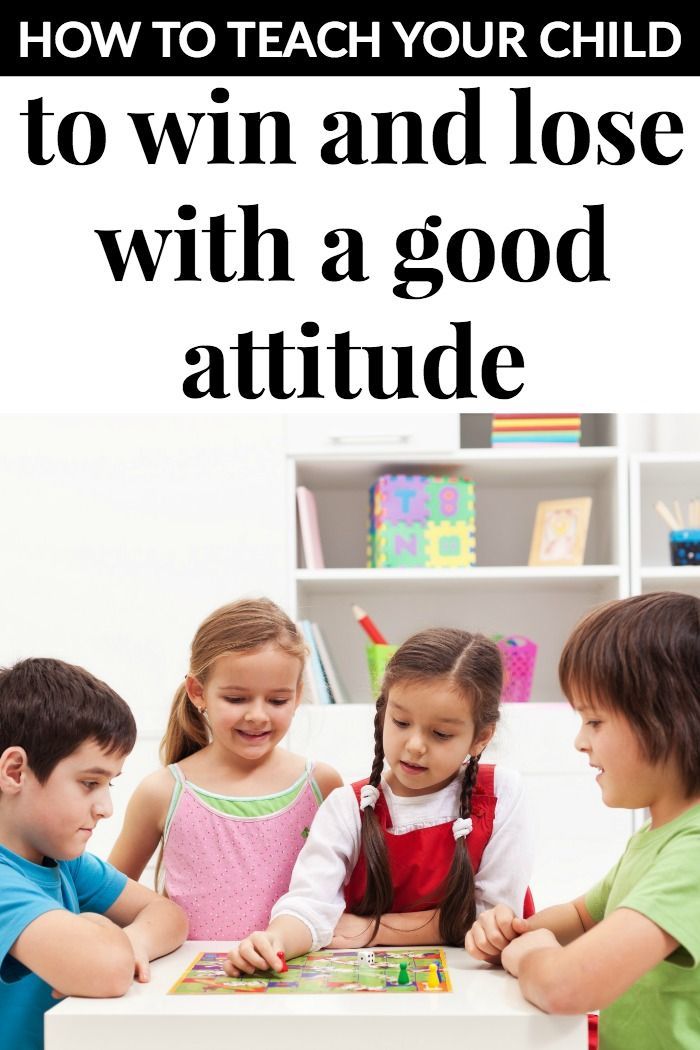 These natural toys are well renowned educational toys used extensively in kindergartens and by speech and occupational therapists.
These natural toys are well renowned educational toys used extensively in kindergartens and by speech and occupational therapists.
Activities with a clear beginning, middle, and end, are great too. Things like wooden puzzles, shape sorters, stacking rings, and simple sorting activities.
Label things around the house(4 - 8 years)
This is a tip for the older kids, 4 to 8 years. Putting labels on things they see regularly is a great way to help them memorise new words in the target language.
Label stuff like the fridge, mirror, furniture, appliances, electronics, and toys. If you’re not a native speaker yourself, this is a handy way for you to pick up new vocabulary too!
Make vocabulary ‘drills’ fun with flashcards(3 - 8 years)
High repetition vocab drills definitely play a role in learning new words and phrases - the problem with repetitive learning activities though is kids can get bored of them really quickly.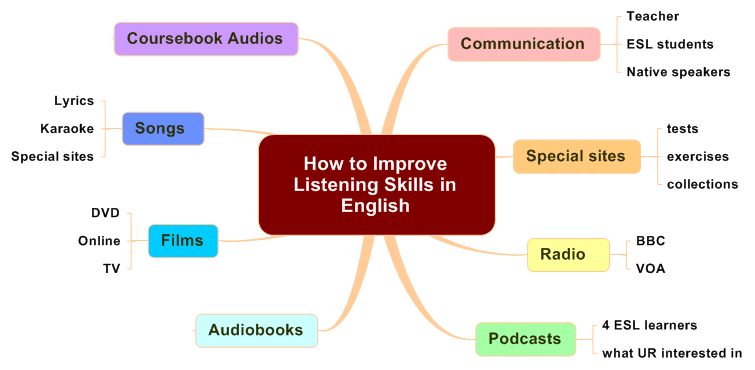
Unless you make them interesting with super fun flashcards! That’s one of the reasons I created our Cultured Home illustrated flashcard packs, to bring awesomeness back to word ‘drills’.
Create a routine for learning time with flashcards, it might be 10 minutes in the morning after breakfast or at night before bedtime. You can show the card and make up sentences using the words that are relevant to your child.
One Person One Language Method(Babies - 8 years)
If you or your partner are native-speakers, you can use one of the most common strategies for raising bilingual kids - the ‘one person, one language’ method.
Basically, each parent consistently speaks a different language to the child. You might speak native Spanish with your child, while your partner speaks with them in English.
This method is widely recognised as one of the best ways to teach a child two languages from birth because it ensures your child has regular exposure to both languages.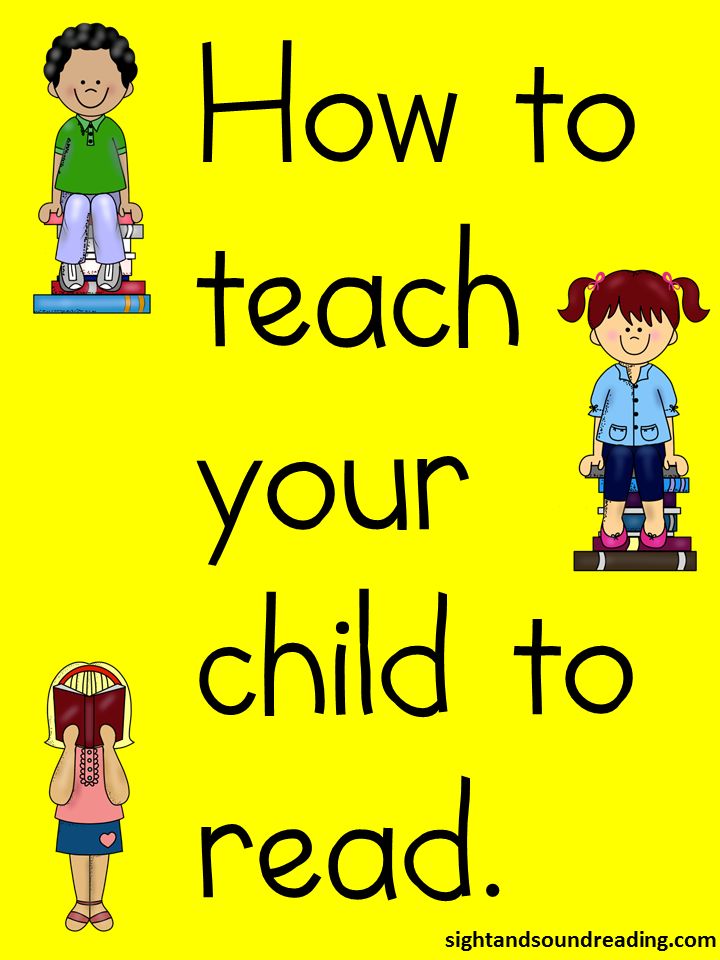
(3 - 8 years)
This is one’s for the native-speaking mamas. Set a time each day, the same time, where you only speak in the target language to your kiddos.
The idea is to have natural conversations, rather than structured lessons. It’s just you and them going about your usual activities but switching from English to the target language.
Non-native mamas, you can set up a specific daily time too, but it would be more lesson / activity-based, rather than just talking.
Use car time for video language engagement(2 - 8 years)
Video lessons / watching content in the target language is important for your child to get enough exposure to the native tongue if you don’t speak the language yourself.
I think car time is a great opportunity to play some videos on a device and keep your kiddos entertained and learning while you’re running errands - and is one of the main reasons we created our video language lessons - so you can play them on the go or at home!
Get out and explore different cultural events(All ages!)
Travelling overseas with your kids is an incredible learning experience for language exposure.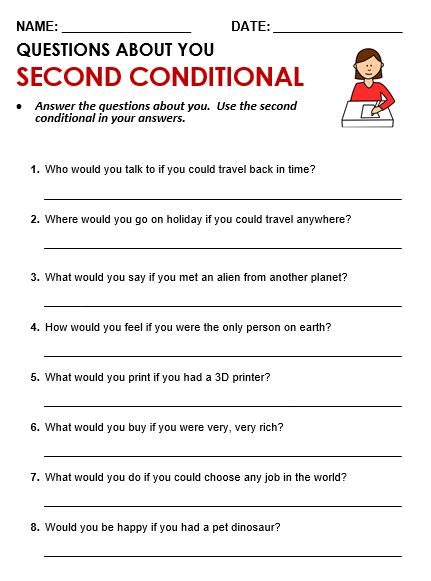 But, if the budget doesn’t quite stretch to a paella fuelled family trip to Barcelona (*sigh) no worries!
But, if the budget doesn’t quite stretch to a paella fuelled family trip to Barcelona (*sigh) no worries!
It’s as easy as googling ‘cultural events / festivals in __________’ to find a festival celebrating another culture in your city.
Eating in a restaurant that serves traditional food or checking out museum exhibits that showcase cultures around the world is also a great way to create a cultural experience without jumping on a plane.
I hope these tips have started to get you excited about just what's possible with your kids and help you take that next step.
For practical resources and a plan to move forward week in and our, make sure you check out The Cultured Home + The Cultured Classroom - weekly language lessons that help you introduce a foreign language at home - particularly for those who don't speak the language themselves!
Au revoir!
✨ Psst... When you're ready, here are a few ways I can help you get started with teaching your kids a foreign language at home.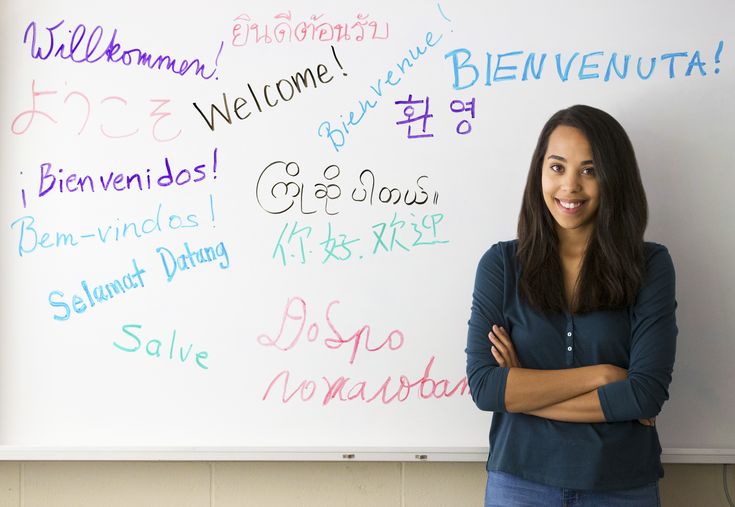 ..
..
1. Download my free 10 Page Guide for Parents to help you see how easy introducing a foreign language at home can be - especially if you don't speak the language at all.
2. Want a plan to run consistent language lessons that are fun and easy?
Access your first week of play based foreign language lessons for FREE here, all that's left is to select your language + start today!
3. Looking for a 12 month, step-by-step plan and play based resources to help you introduce a language to your little ones with EASE? Quit scrolling on Pinterest and Join our 12 Month Annual Lesson Bundles to get everything you need to started and KEEP GOING!
How can I teach my child a second language?
Many parents are considering teaching their child a second language, why not you? You instill in them a skill that can do nothing but help them in the future.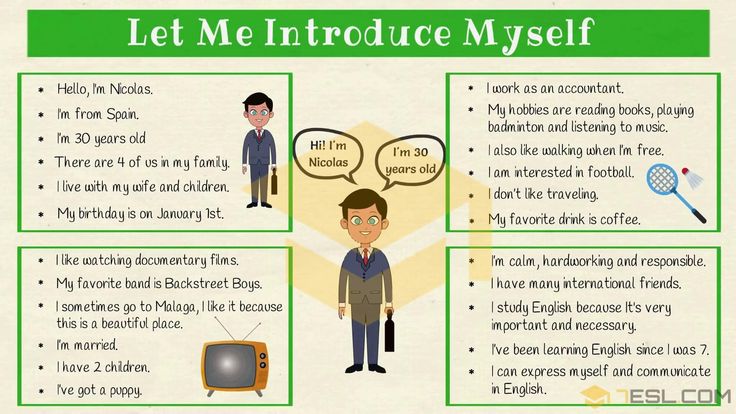 In a globalized world, languages are becoming more important and in demand, and many parents want to have their children while they are still young. But the problem with many parents is that they don't know how to do it.
In a globalized world, languages are becoming more important and in demand, and many parents want to have their children while they are still young. But the problem with many parents is that they don't know how to do it.
For many English-speaking parents, they grew up in a monolingual world where the only thing they learned was talking about hobbies and vacations in French classes at school. This makes the task of teaching your child a second language seem daunting. But don't worry, there are many things you can do as a parent to help your child learn a second language, and we're going to show you some of them. nine0003
If you are not yet sure that teaching your child a second language is right for you, then you should read our article on why you should teach your child a second language. here.
Things you can do as a parent
Your participation as a parent depends on your language level. Let's start with bilingual parents.
Bilingual Parents
You guys are lucky to start this journey with your children armed with the most useful resources possible; themselves. nine0003
nine0003
It is very easy to speak the dominant language in a bilingual family, especially if one of the parents speaks only one language and the children have preferences. And it's understandable: you want family life to be smooth and comfortable, so you resort to your preferred language, but it won't help your kids learn a second language if you want to.
But if you want your child to learn two languages, you will have to start speaking them at home. You can try setting days when you only speak English and specific days when you only speak your other language. Thus, the child will be well acquainted with both languages and grow up in a bilingual family. nine0003
If you're worried about excluding your partner, try to involve them as well. Remember, when you are talking to your child in your foreign language, you are not going to talk about difficult things. With gestures and encouragement, your partner will probably be able to understand what you are saying as well. This is also a good opportunity for your partner to learn some of your language.
- Do not use language as a secret language to exclude your partner.
- nine0024 Do use language to teach your children and also encourage your partner to learn some of them.
Parents with some understanding of another language
If you are not bilingual but have learned a language to some extent, you also have a good start to help your children.
How much of a second language you speak to your child will likely depend on your level of proficiency in that language. If you are confident enough and almost fluent in it, you will speak it much more than someone who has a basic understanding. nine0003
If you can understand a foreign language, use it if possible. Maybe you only know basic commands like "come here", "sit down" and "put on your shoes". This is normal, teach your children to hear these words, understand them and respond. If you are more confident, you are obviously going to use a lot more.
Combine this with the methods mentioned in the next section and your child should begin to learn more and more of the new language.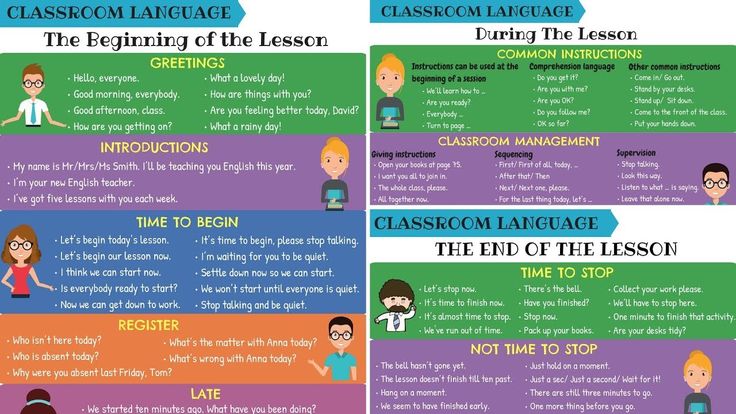 nine0003
nine0003
Important! Try not to give them your mistakes. Firstly, mistakes are always acceptable when you are learning a new language, but if you are not so confident and keep repeating the wrong things to your children, they will reinforce them and it will be much harder for them to change when they are older.
Parents are learning from scratch just like their children are
If you are in the position of learning a language from scratch, like your child, don't worry, there are many things you can do to help them and learn for yourself on this way. nine0003
- Label things in the house in the new language. This is a way for you and your child to learn together and you can talk about things in a new language. If your child is a little older, you can ask them to help you make the labels.
- Sing songs in different languages to and with your children. You should be able to learn a few basic songs and then sing them to your child in the new language.
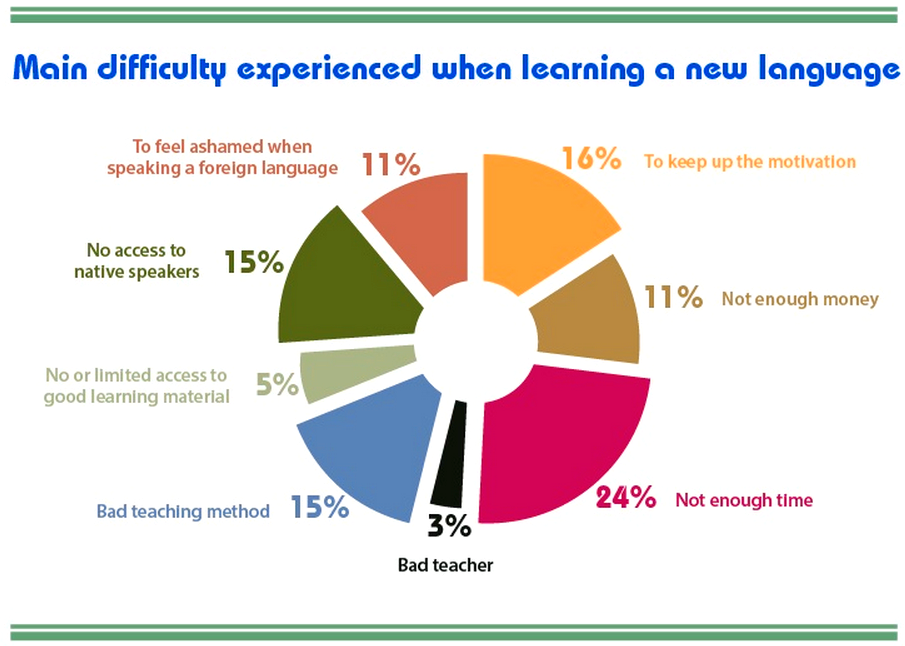 Such songs are good to perform with fun activities that children can imitate. nine0023 Learn basic sentences and commands to say things like "put away toys" in a new language.
Such songs are good to perform with fun activities that children can imitate. nine0023 Learn basic sentences and commands to say things like "put away toys" in a new language. - Find YouTube channels you can watch together that teach you a new language
- Watch children's TV shows or cartoons in different languages so they can get to know them and enjoy funny cartoons at the same time.
- Walk with a student to class so that both of you can study together
- See if they can enroll in a bilingual school or kindergarten. nine0026
- Learn the basic conversations about your day or the food they like to eat and try talking to them in a new language or asking them questions
- Download apps and games to your tablet in the target language they can play in
Classes you can take with you
A great way to teach your child a second language, especially if you don't know the language yourself, is to take him to class. You also give the child the opportunity to communicate at the same time, which is very useful for his development. nine0003
You also give the child the opportunity to communicate at the same time, which is very useful for his development. nine0003
You also don't have to worry about boring classes with lots of kids and textbooks. Now language learning is constantly improving, and in English-speaking countries there are many interesting, interactive classes with small classes.
Two examples of this in the UK:
Lingotot and Kindslingo
They specialize in small groups and games to help children learn and they focus on having fun - which is what you want for your child.
You might also consider having a tutor for your child come to your home and speak the language with them, or if you are likely to ask a nanny to help you, then why not find a foreign nanny so they can learn the language while they take care of you.
Holidays Abroad
When you plan a family trip each year, why not consider going to the country of the language you want to learn for your child. If your child is learning French, take an annual trip to France to give them the opportunity to practice their French.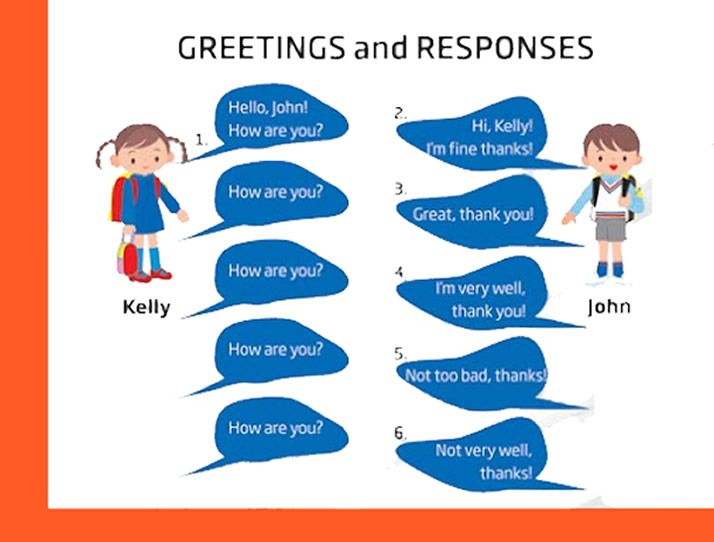 nine0003
nine0003
And make sure you don't just order them. Help and encourage them to start speaking French with the locals from an early age, even if it's just ordering croissants in the morning, this conversational practice will help them a lot. Just make sure you don't push them out of their comfort zone too quickly or it could interfere with their learning process. A fearful or negative experience with a new language can completely prevent a child from learning a language.
Give them a safe base where they can try their language skills and help them speak in manageable chunks. Obviously you won't send them alone to buy tickets when they first speak to a Frenchman! nine0003
Another option you could do while abroad is to send them to a language course. This is something they can do in the mornings and in the afternoons they can spend some well-deserved time with their family.
Read with your children
When you teach your child a second language, make sure you read with them as if you were reading in your own language.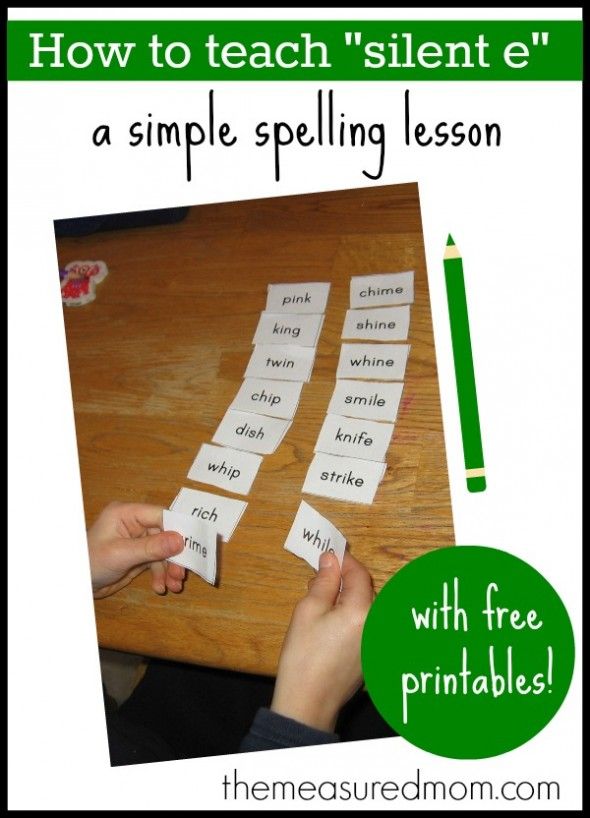
This is our list of recommended Spanish books for children. If you need recommendations for children's books in other languages, just let us know. nine0003
This is the most important thing to remember. If you think that your child is learning English, he will make mistakes, say the wrong things and confuse his words. It's a natural part of their English learning, and it's the same if they're learning Chinese or Spanish.
Children need to know that it's okay if they make a mistake and they can just learn and try again. If they say something wrong, smile at them and just repeat the correct words to them. Think about it in English:
If a child says “mom, he hit me”.
You can say yes. "Yes, he hit you."
You show the child that you understand him, but at the same time you model the correct form of language for him.
We hope you have found our tips on how to teach your child a second language helpful. If you are currently teaching them a second language, or planning to do so, let us know your tips in the comments below.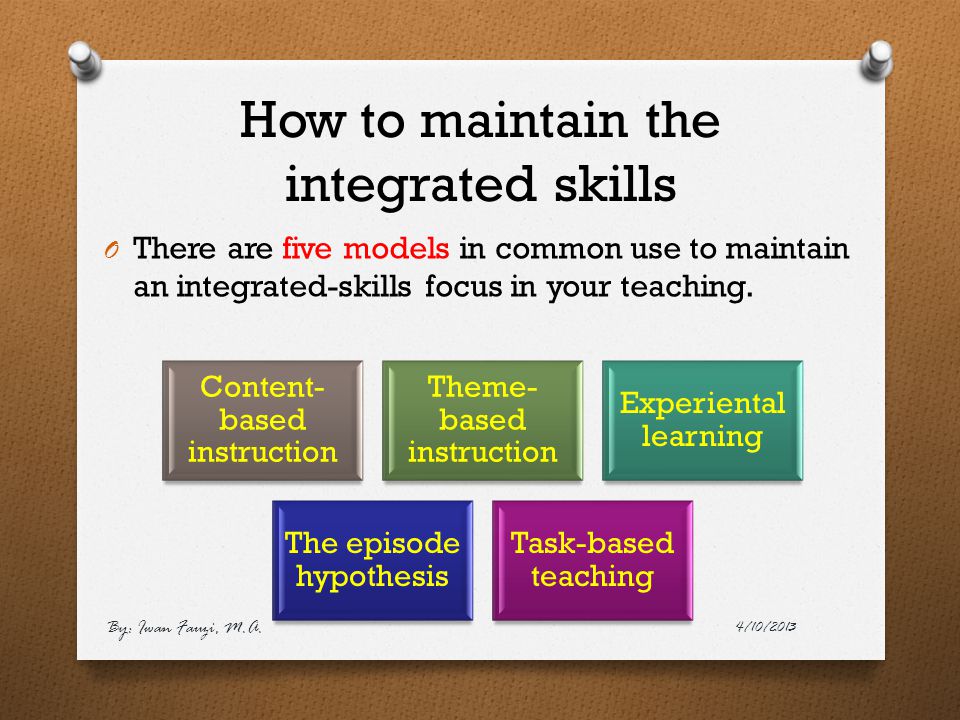 We always want to know what methods have been tried, if they worked for you and if you would recommend them to others. nine0003
We always want to know what methods have been tried, if they worked for you and if you would recommend them to others. nine0003
two approaches to make a child bilingual
Second language teaching: two approaches to make a child bilingual
- Views: 3341
There are two approaches to making a child bilingual. The first is the way in which the child actively learns two languages for about three years. The result is synchronous bilingualism. In the second case, the child first learns one language, and then proceeds to another. This is called consistent bilingualism. nine0003
Synchronous bilingualism
If a child learns two languages at the same time from an early age, his brain processes and learns both in the same way as if there was only one language. First, he memorizes individual words, then begins to combine them into phrases, and later into sentences.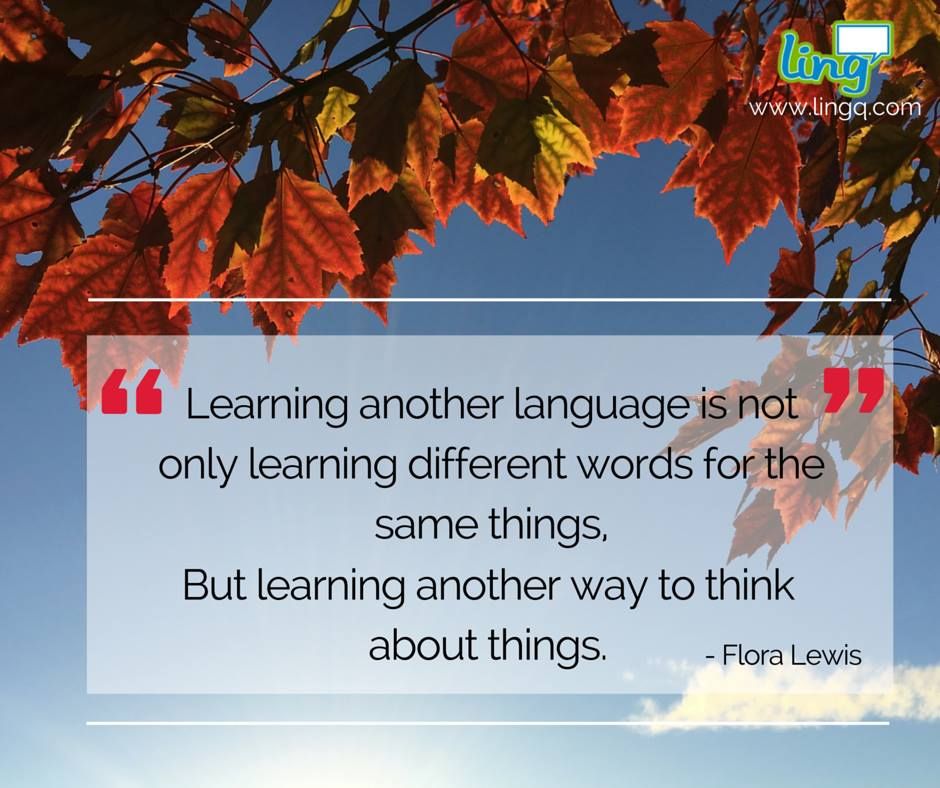 The difference between bilingual and monolingual children is that the former confuse the languages. For example, in a statement in one language, they can insert a word in another. This is absolutely natural, since the child's brain has not yet fully learned to separate languages - this process takes time. The brain develops, the child memorizes more and more words and gradually learns to separate languages and vocabularies (we will discuss the issue of mixing languages in more detail in the chapter on the fifth step). There is a common misconception that bilingual babies start talking later than monolingual babies, but in fact both of them speak their first words at the age of 15-18 months. As I wrote in the previous chapter, if your child begins to speak later, but understands oral speech well, then his speech lag is minimal. if you are worried about your child's language development, I recommend taking him to a specialist (for more on speech delays in bilingual children, see the chapter on step seven).
The difference between bilingual and monolingual children is that the former confuse the languages. For example, in a statement in one language, they can insert a word in another. This is absolutely natural, since the child's brain has not yet fully learned to separate languages - this process takes time. The brain develops, the child memorizes more and more words and gradually learns to separate languages and vocabularies (we will discuss the issue of mixing languages in more detail in the chapter on the fifth step). There is a common misconception that bilingual babies start talking later than monolingual babies, but in fact both of them speak their first words at the age of 15-18 months. As I wrote in the previous chapter, if your child begins to speak later, but understands oral speech well, then his speech lag is minimal. if you are worried about your child's language development, I recommend taking him to a specialist (for more on speech delays in bilingual children, see the chapter on step seven). nine0003
nine0003
Consistent bilingualism
Many children learn one language in their first years of life, after which they begin to learn another. This happens when the child speaks one language (not English) at home, and English is studied in kindergarten.
When a child who speaks one language enters an environment where they speak a language that is still unfamiliar to him, he first of all learns phrases to express desires, for example, “Give!”, “Can I play?” etc. the language development of such a child can be compared with the behavior of a tourist on vacation abroad, who is able to learn a number of key phrases in the local language, such as "where is the toilet?" and “How much does it cost?”. In fact, both the tourist and the child strive to adapt and survive in a new language environment. nine0003
Knowledge of one language - or rather, experience and understanding of logic and practical ways to comprehend it - can be very useful when learning a second one. In this case, the child will begin to build complex sentences faster in a new language for him. The brain of such a child is used to training, and the second language will go easier. At the initial stages of learning, languages can be mixed, and the already mastered language will inevitably manifest itself, because the child is more familiar with it. Gradually, as you learn, this mixing will decrease. Usually, about a year or two after the start of learning a second language, the child can already easily express his thoughts in a second language. nine0003
The brain of such a child is used to training, and the second language will go easier. At the initial stages of learning, languages can be mixed, and the already mastered language will inevitably manifest itself, because the child is more familiar with it. Gradually, as you learn, this mixing will decrease. Usually, about a year or two after the start of learning a second language, the child can already easily express his thoughts in a second language. nine0003
If in middle school or high school he suddenly transfers to an educational institution where teaching is in a language he does not know, the situation can be critical. after a couple of years, such students are already able to speak a new language for them, but their knowledge is clearly not enough for a thorough understanding of the intricacies of complex subjects of the school curriculum (for more details, see the chapter on the seventh step).
There are no strict rules or guidelines as to when exactly one should (or should not) start learning a second language.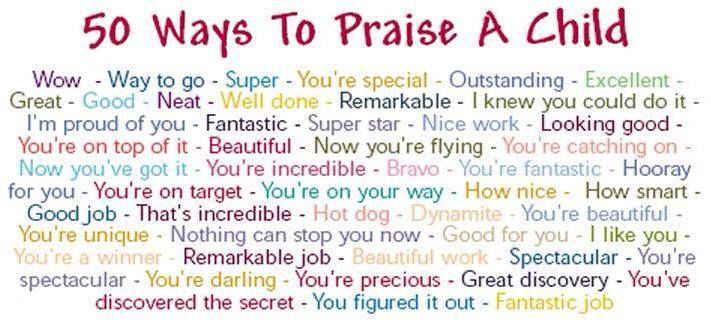 If you are already giving your child a new language, it is extremely important not to give up the first one. Thanks to this approach
If you are already giving your child a new language, it is extremely important not to give up the first one. Thanks to this approach
- knowledge of the first language and practical skills in its use will be deepened;
- using the experience of learning the first language will help to master the second.
Which approach is more effective: simultaneous or bilingual?
if the child stays in the language environment for a long time and talks a lot on his own, the approach does not matter much. Personally, I see that a synchronous approach in the case when parents speak with the child in both languages from the moment of birth is more productive. It is not only more effective, but also easier for the father and mother. nine0003
The brain of children is more flexible than that of adults, so it will be difficult for parents to switch after four, five or more years of communicating with a child in one language and start talking to him in another.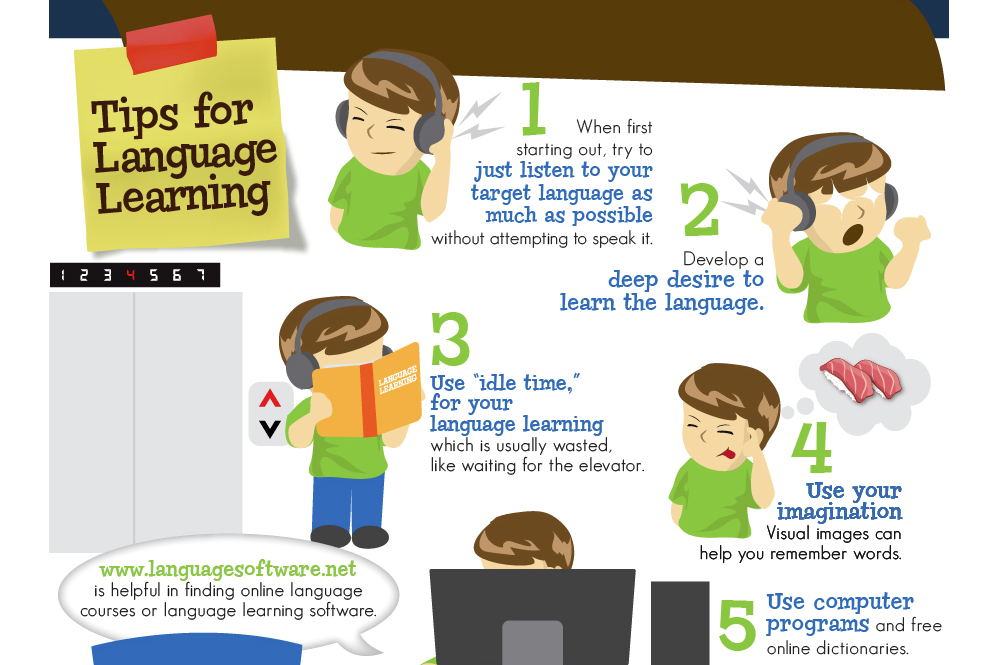 if they start learning both languages immediately after the birth of the child, they will save themselves from unnecessary stress, because their son or daughter will have more time left before school starts.
if they start learning both languages immediately after the birth of the child, they will save themselves from unnecessary stress, because their son or daughter will have more time left before school starts.
As already mentioned, if the matter is shelved, the child may grow up monolingual.
Tips for parents who choose a synchronous approach to learning
- Start slowly. Keep in mind that if you overdo it at the beginning, the child may feel uncomfortable with the new language.
- At first, to simplify understanding, it makes sense to translate to the child what you say in a new language, but gradually you need to get rid of this practice.
- Start communicating with your child in a new language at certain times and during certain activities. the main thing is not to rush, so that in the process you can explain everything in detail. For example, Sunday breakfast is the perfect time. No one is in a hurry and everyone is in a good mood.
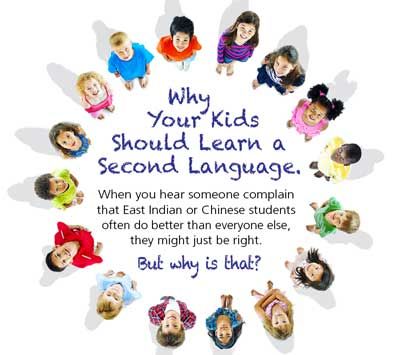 Then gradually master the new situation with a new set of words. For example, while bathing a child, learn words and expressions related to bathing and washing. nine0026
Then gradually master the new situation with a new set of words. For example, while bathing a child, learn words and expressions related to bathing and washing. nine0026 - Start reading simple books in a new language. Translate and simplify phrases as needed. Reading aloud helps you learn and remember new words.
- Gradually increase the time you devote to learning a second language. Add new contexts and activities, such as watching TV and playing on the computer.
- Praise your child when he answers you in a second language.
- Don't give up! Do not forget that time is the best assistant in your endeavor. nine0026
Q&A
–– My daughter is very shy. Although French is still the only language the girl understands, she speaks very little of it in kindergarten. Soon she will go to a kindergarten where they speak English. Do I need to be prepared for the fact that there she will stop talking altogether?
Shy children sometimes become even more withdrawn, experiencing a period of silence, if they find themselves in a new environment and language environment.

